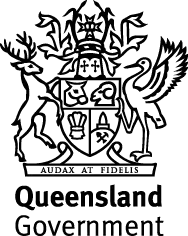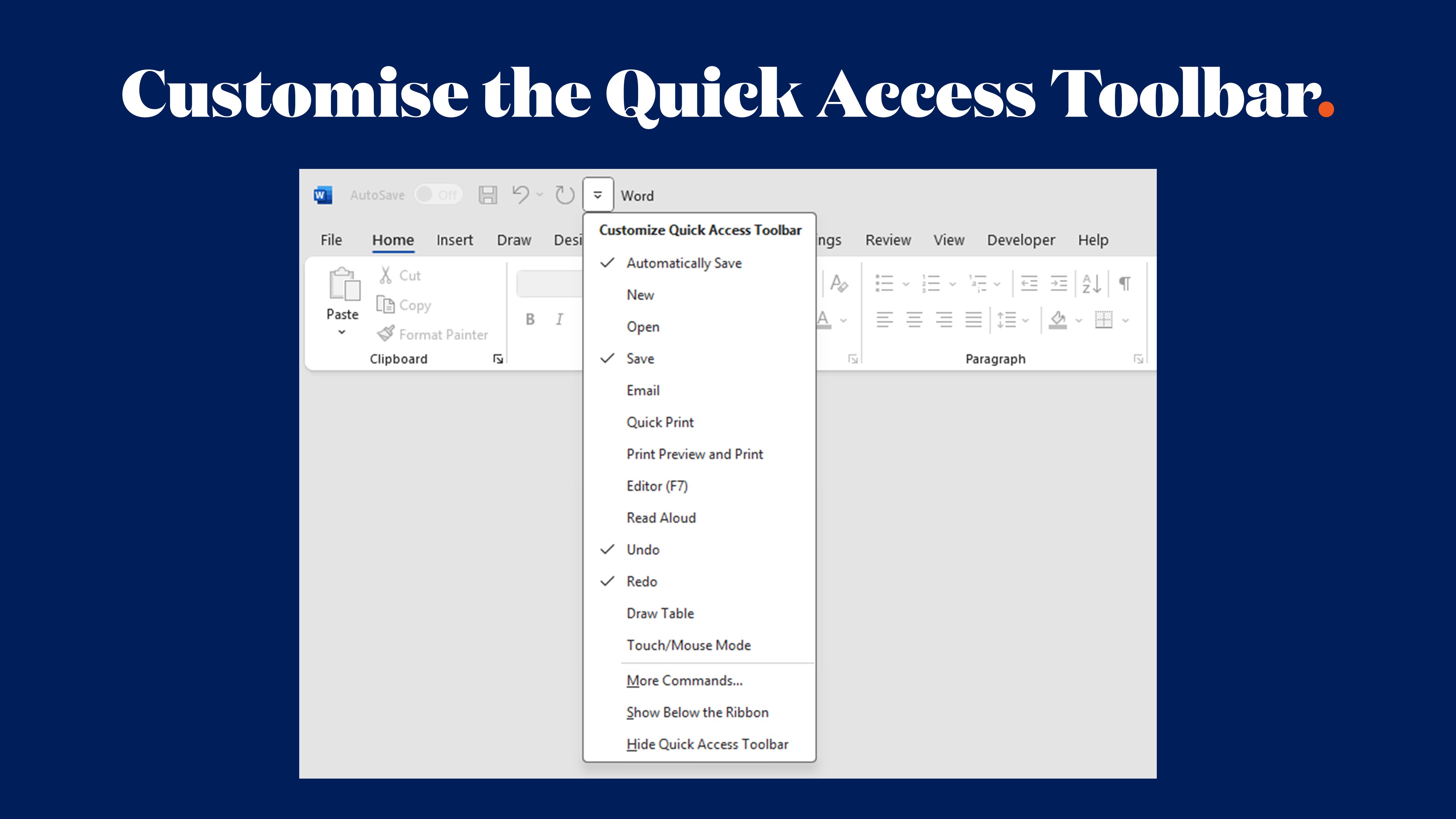Beyond PowerPoint: Unleashing the Full Potential of Microsoft Office for Businesses
.gif)
When most people think of Microsoft Office, they immediately picture the usual suspects: Word for writing documents, Excel for crunching numbers, and PowerPoint for creating presentations. While these are core functions, the Microsoft Office suite offers so much more than just the basics.
In 2024, businesses are finding creative ways to use Microsoft Office tools that go well beyond their traditional roles. From interactive reports to collaborative dashboards and even workflow automation, Microsoft Office has evolved into a powerhouse of productivity and innovation. In this post, we’ll explore how businesses can unlock the full potential of tools like Word, Excel, PowerPoint, and other Office apps to streamline processes, enhance collaboration, and gain a competitive edge.
1. Transform Word into an Interactive Report Tool
Word is no longer just for writing essays and contracts—it’s now a dynamic tool that can be used to create interactive reports. Businesses are leveraging Word to build documents that engage readers with clickable links, embedded multimedia, and dynamic elements.
How It Works:
- Use hyperlinks to link sections of the report, turning a static document into a navigable resource.
- Insert embedded videos or audio files directly into the document for a multimedia experience.
- Leverage SmartArt and tables to present data visually, making complex information easier to digest.
💡 Example: A sales report can include clickable charts, embedded video presentations, and links to relevant case studies—all within a single Word file.
2. Excel as a Dynamic Dashboard for Real-Time Data Insights
While Excel has always been synonymous with data management, it’s now being used to create interactive dashboards that display real-time metrics and insights.
How It Works:
- Use PivotTables and Power Query to pull in data from multiple sources.
- Build interactive dashboards with slicers and drop-down menus, allowing users to filter and manipulate data dynamically.
- Connect Excel to live data sources via APIs or integrations with tools like Power BI.
💡 Example: A marketing team can create an Excel dashboard that tracks campaign performance in real-time, pulling in live data from Google Analytics or CRM systems.
3. PowerPoint as a Collaboration and Planning Tool
While PowerPoint is traditionally used for presentations, it’s increasingly being used as a collaboration and planning tool. Businesses are utilising its flexibility to design workflows, project plans, and even training materials.
How It Works:
- Use Slide Master to create reusable templates for brainstorming sessions or project plans.
- Add collaborative comments within the presentation for team members to leave feedback in real-time.
- Leverage PowerPoint's integration with tools like Planner to visualise project timelines.
💡 Example: A product development team can use PowerPoint to storyboard a new product launch, complete with timelines, visuals, and embedded task assignments.
4. Microsoft Teams: Your Hub for Seamless Collaboration
Microsoft Teams is much more than a messaging app. As the central hub for collaboration in Office 365, it integrates seamlessly with Word, Excel, PowerPoint, and more.
How It Works:
- Create shared document libraries where teams can collaborate on Word or Excel files in real-time without leaving Teams.
- Use task management integrations like Planner and To Do to keep everyone aligned.
- Conduct live webinars or training sessions using Teams’ advanced meeting features, including breakout rooms and AI-powered transcriptions.
💡 Example: A marketing team working on a campaign can co-author a PowerPoint presentation, track tasks in Planner, and hold brainstorming sessions—all within Microsoft Teams.
5. Automate Repetitive Tasks with Power Automate
One of the lesser-known gems of the Microsoft Office ecosystem is Power Automate (formerly known as Microsoft Flow). This tool allows businesses to automate repetitive tasks and create workflows that save time and reduce human error.
How It Works:
- Automate email responses based on specific triggers in Outlook (e.g., replying to common customer queries).
- Integrate with Excel to automatically update spreadsheets when new data is received.
- Connect Power Automate to external apps like SharePoint, Salesforce, or Microsoft Forms to streamline data collection and processing.
💡 Example: A finance team can set up a workflow that automatically updates an Excel budget tracker whenever new invoices are received via email.
6. Microsoft Forms: A Simple Tool for Surveys and Feedback
Microsoft Forms is an often-overlooked app that can simplify data collection for businesses. Whether you need to gather employee feedback, customer surveys, or event registrations, Forms makes it easy.
How It Works:
- Design surveys or quizzes with a drag-and-drop interface.
- Integrate Forms with Excel to analyse survey results in real-time.
- Share links to surveys via email, Microsoft Teams, or embedded on your website.
💡 Example: An HR team can use Microsoft Forms to conduct an employee engagement survey and visualise the results directly in Excel dashboards.
7. Outlook for Workflow Automation and Customer Engagement
Outlook is more than just an email platform—it can be transformed into a productivity tool for managing workflows and improving customer engagement.
How It Works:
- Use Outlook templates to send consistent, branded email responses for common queries.
- Automate meeting scheduling by integrating Outlook with Microsoft Bookings or Teams.
- Leverage Rules to sort, flag, and prioritise emails automatically.
💡 Example: A customer service team can use Outlook templates to respond to FAQs faster, improving response times and customer satisfaction.
8. SharePoint for Document Management and Collaboration
SharePoint is a powerful tool for document management and team collaboration, enabling businesses to store, organise, and share files securely.
How It Works:
- Set up shared folders where teams can access the latest versions of documents.
- Build custom intranets with SharePoint to centralise resources like company policies, templates, and training materials.
- Use version control to track changes to documents and prevent accidental overwrites.
💡 Example: A legal team can use SharePoint to store contracts, ensuring everyone works from the most up-to-date versions while maintaining a secure audit trail.
9. OneNote for Knowledge Sharing
OneNote is a digital notebook that businesses can use to consolidate and share information across teams. It’s ideal for brainstorming, meeting notes, and project documentation.
How It Works:
- Organise notes into notebooks, sections, and pages for easy navigation.
- Share notebooks with your team for real-time collaboration.
- Embed links, documents, and images directly into your notes for a rich, interactive experience.
💡 Example: A project manager can use OneNote to document meeting agendas, key decisions, and next steps, ensuring everyone stays aligned.
10. Power BI for Business Intelligence
While technically a separate app, Power BI integrates seamlessly with Microsoft Office and is a game-changer for businesses that rely on data-driven decision-making. It allows businesses to visualise data from multiple sources and gain actionable insights.
How It Works:
- Import data from Excel, SQL databases, or third-party tools.
- Create interactive reports and dashboards that update automatically.
- Embed Power BI dashboards into Word documents, PowerPoint presentations, or Microsoft Teams.
💡 Example: A sales team can use Power BI to track KPIs like revenue growth, customer acquisition, and regional performance in a single, easy-to-digest dashboard.
Why Businesses Should Think Beyond PowerPoint
Microsoft Office is far more versatile than many businesses realise. By leveraging tools like Word, Excel, Outlook, Teams, and Power Automate in innovative ways, organisations can streamline workflows, improve collaboration, and save time.
Rather than treating Microsoft Office apps as standalone tools, businesses can unlock their full potential by integrating them into holistic, customised solutions. Whether you’re creating interactive reports, automating workflows, or designing collaborative dashboards, the possibilities are virtually limitless.
Conclusion
It’s time to think beyond PowerPoint and explore how Microsoft Office can transform your business. From Excel dashboards and Word interactivity to workflow automation and collaboration in Teams, these tools are no longer limited to their traditional roles. With the right strategies, you can unlock the full potential of Microsoft Office and future-proof your workflows.
If you’re ready to take your Office tools to the next level, at Ideaseed we can help. We specialise in creating bespoke solutions like branded templates, custom dashboards, and document design that maximise your efficiency and productivity.
FAQs
1. Can I integrate Microsoft Office apps with third-party software?
Yes, tools like Power Automate and Power BI make it easy to integrate Office apps with platforms like Salesforce, Slack, and Google Analytics.
2. Is Microsoft Forms free to use?
Yes, Microsoft Forms is included in most Microsoft Office 365 subscriptions and offers an easy way to create surveys and collect data.
3. How can I create interactive dashboards in Excel?
Use tools like PivotTables, slicers, and conditional formatting, and connect your Excel sheet to live data sources for real-time updates.
4. Can I use PowerPoint for project management?
Yes, PowerPoint can be used to create visual project plans, timelines, and workflows, making it a helpful tool for brainstorming and planning.
5. How secure is SharePoint for storing sensitive documents?
SharePoint offers enterprise-grade security features like encryption, role-based permissions, and audit trails, making it a secure option for document storage and collaboration.
who we work with





.svg)
.svg)
.svg)
.svg)







%20(2).avif)



.svg)



















.svg)




















.svg)
.svg)
.svg)
.svg)







%20(2).avif)
The ideaseed difference
We’re fast. Really fast
We know time is of the essence, so we pride ourselves on quick, efficient delivery without sacrificing quality. Whether you have a tight deadline or need a last-minute update, our team is committed to delivering polished results within even the tightest timeframe.
We’re reliable. Always
Our clients trust us because we consistently deliver beautiful, high-quality work. We understand the importance of dependable tools in your business, and we never compromise on quality or functionality.
We go the extra mile
We don’t just meet expectations; we exceed them. We take the time to understand your needs and find creative, tailored solutions that make your work easier and more effective. Our commitment to going above and beyond means you get more than just a template — you get a partner who genuinely cares about your success.

